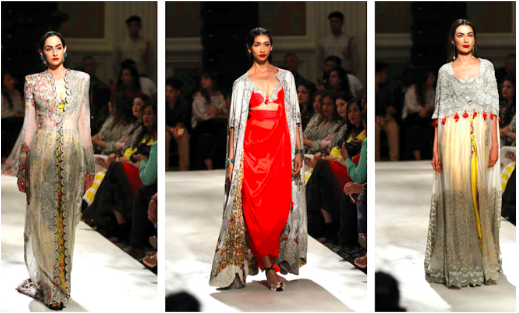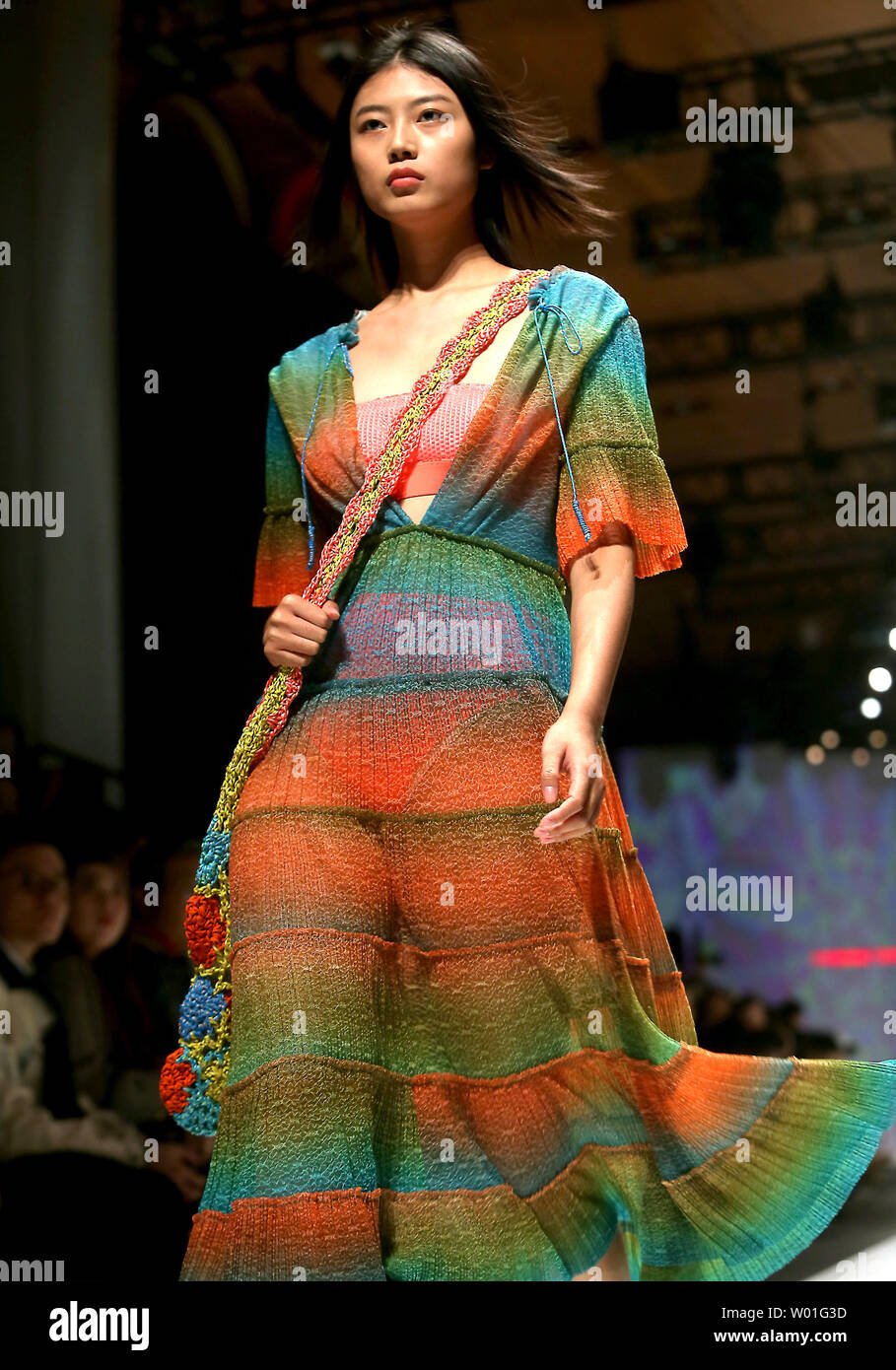Discover Conventional and Modern Eastern Wear Pakistan Collections Online
Wiki Article
Experience the Sophistication of Standard Eastern Clothing
Embark on a trip with the elaborate globe of standard Eastern outfit, where each garment tells a tale woven with cultural splendor and historic relevance. Join us as we untangle the keys behind these exquisite items and discover the attraction of Eastern clothing that has captivated generations. eastern wear pakistan.Background of Eastern Clothes
Eastern clothing has an abundant history that goes back centuries, mirroring the diverse societies and customs of regions such as Asia and the Center East. The clothes styles in these areas have been influenced by various factors such as environment, religious beliefs, social status, and historic events. In Asia, traditional clothes differs considerably from the colorful saris put on in India to the sophisticated bathrobe of Japan. Similarly, the Center East boasts a wide selection of apparel styles, from the moving abayas of Saudi Arabia to the complex kaftans of Morocco.Throughout history, Eastern clothes has not just worked as a type of apparel however also as a sign of social identification and heritage (eastern wear pakistan). Fabrics like silk, bed linen, and cotton have actually been typically utilized, with patterns and designs typically holding substantial meanings or representing aspects of nature or spirituality. Standard garments have been given with generations, with each piece lugging a feeling of history and practice. Today, Eastern clothes proceeds to develop, blending conventional components with modern-day style trends to create classic and one-of-a-kind designs.
Value of Needlework
Needlework plays a crucial function in standard Eastern clothes, adding intricate information and social relevance to garments that have actually been passed down with generations. In Eastern societies, needlework is not simply ornamental but holds deep symbolic meanings. Each stitch and pattern can communicate stories, ideas, and even social status.The art of needlework in typical Eastern clothing is a labor-intensive procedure that requires ability and persistence. Highly proficient craftsmens carefully hand embroider complex designs onto textiles utilizing techniques that have been perfected over centuries. These stitched designs often mirror the rich cultural heritage of the region they originate from, showcasing concepts inspired naturally, mythology, or historical occasions.

Luxurious Fabrics Made Use Of
Glamorous materials play a critical duty in boosting the beauty and luxury of standard clothes throughout diverse Eastern cultures. Silk, renowned for its soft qualities and sheen, is a preferred choice for many standard garments because of its elegant feeling and capability to drape beautifully. In countries like India, China, and Japan, silk has a lengthy history of being made use of in conventional outfit, signifying wealth and standing.Another commonly made use his response of glamorous textile is brocade, characterized by complex patterns woven right into the material. Brocade adds a touch of refinement to garments and the original source is frequently seen in ritualistic attire and official wear. Velour, with its plush structure and rich look, is additionally a prominent selection for standard attire in Eastern cultures, especially for unique celebrations and joyful occasions.
Moreover, satin, chiffon, and organza are often made use of for their running and light-weight top qualities, including a feeling of special and sophistication to garments. These luxurious materials not only raise the visual charm of standard Eastern clothes yet likewise add to the overall allure and beauty of the wearer.
Workmanship Techniques
Conventional attire in different societies showcases flawless craftsmanship methods that are passed down through generations, highlighting the skill and artistry involved in developing these splendid garments. Each stitch, needlework, and embellishment is thoroughly crafted to produce ageless pieces that personify the social heritage and practices of the region. The workmanship methods used in conventional Eastern outfit typically involve intricate handwork, such as hand weaving, hand needlework, and hand beading, which need precision and focus to information.Artisans who specialize in these strategies go through years of training to perfect their abilities and grasp the typical methods of garment construction. The usage of top notch materials combined with professional workmanship results in garments that not just look visually stunning however also stand the examination of time. The dedication to preserving these workmanship techniques makes certain that each piece of typical Eastern outfit is a masterpiece, showing the rich social history and heritage of the area.
Timeless Sophistication and Beauty

The elaborate needlework, fragile beadwork, and elegant textiles utilized in traditional Eastern clothing add to its unequaled charm. The thorough workmanship gave with generations makes certain that every piece shows and tells a tale elegance and poise.
Moreover, the traditional silhouettes and elegant draping of conventional Eastern clothing include in its long-lasting beauty. The streaming lines and classy styles develop a sense of consistency and equilibrium that is both emotionally exciting and aesthetically appealing.
Fundamentally, the timeless sophistication and beauty of standard Eastern attire serve as a testimony to the ability and artistry of the craftsmen who devote their lives to preserving these exquisite sartorial traditions. - eastern wear pakistan
Final Thought
Finally, the elegance of traditional Eastern outfit is a testament to the abundant background, social importance, and complex workmanship of the region. From the elaborate needlework to the luxurious fabrics and classic elegance, each garment informs a tale and mirrors the social identity of its origins. Accepting Eastern clothing permits one to value the virtuosity and style that have actually been given via generations, developing absolutely exquisite and captivating pieces.Embark on a trip via the complex world of typical Eastern clothes, where each garment tells a visit this web-site tale woven with cultural splendor and historic relevance.Embroidery plays an important role in traditional Eastern outfit, adding detailed information and cultural relevance to garments that have been passed down through generations.Luxurious fabrics play a critical function in enhancing the style and opulence of typical clothes across varied Eastern societies. The craftsmanship methods utilized in conventional Eastern attire usually entail elaborate handwork, such as hand weaving, hand embroidery, and hand beading, which need accuracy and interest to detail.
In verdict, the beauty of traditional Eastern clothes is a testament to the abundant history, cultural value, and detailed workmanship of the region.
Report this wiki page